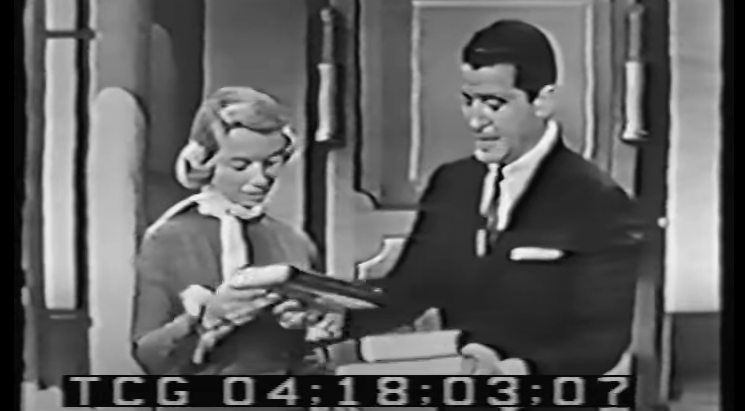We have all seen the disturbing images recently of the fall of Afghanistan. After twenty years of military presence, with over $3 trillion spent and, more tragically, over two thousand American lives lost, the final U.S. forces left the country. The Afghan military had folded almost overnight and the Taliban, which we fought against for so many years, took over.
The departure from Afghanistan became political and divisive, of course, as with almost everything these days. In hindsight, many of us can believe the withdrawal of troops could have been handled differently to avoid the chaos that happened. But the question of whether or not we should have continued a military presence in Afghanistan or leave completely will be debated by historians and analysts for years.


